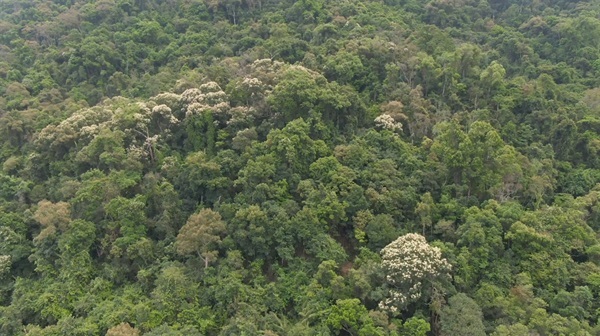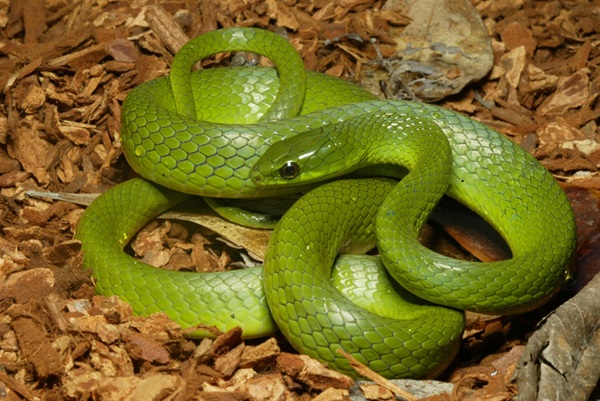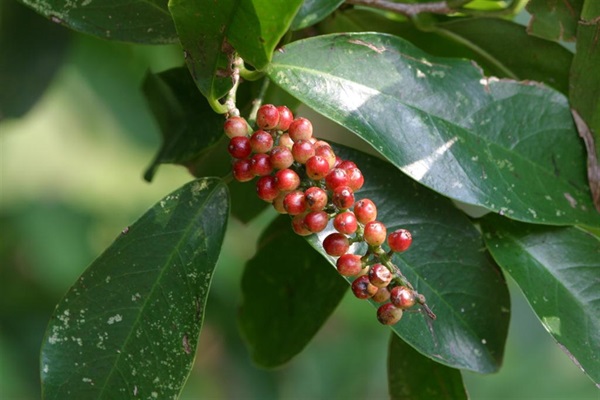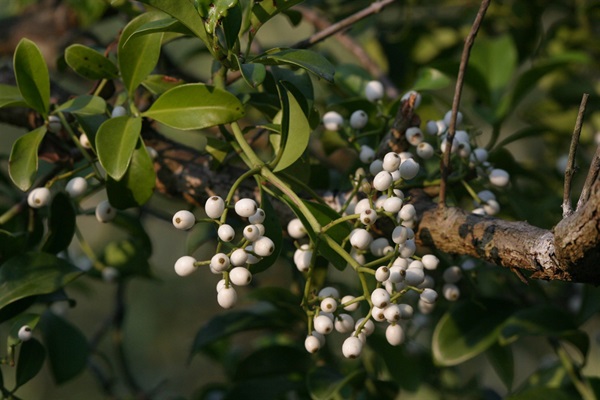Woodland, land dominantly covered by tree species, is a habitat to a wealth of flora, fauna and fungi. Woodland stores carbon, provides clean air and offers protection from flooding. It is a vital habitat to mitigate the impacts of climate change. In many places, including Hong Kong, the original woodlands no longer exist after centuries of human disturbances through fire and axe. Secondary forests developed afterwards through ecological successions, a one-way process where vegetation changes from grassland to shrubland and then to woodland. The rate of succession can be determined by many factors such as soil quality, seeds arrival rate, disturbance frequency (e.g. cultivation, logging or burning). In particular, many tree seeds are dispersed by birds and mammals, and hence wildlife and woodlands are inextricably linked with each other.
The existing woodlands in Hong Kong are the secondary forests developed in the latter half of the twentieth century after the Second World War, and the majority belongs to southern subtropical evergreen broad-leaved forest. Dominant families include the Euphorbiaceae, Sapotaceae, Moraceae, Sterculiaceae, Myrtaceae, Fagaceae, Lauraceae, and Theaceae. Four types of plant communities can be classified by the characteristics of eco-physiognomy and species composition: (1) river-bank woodland, (2) lowland woodland, (3) low-hill forests, and (4) montane forests. The river-bank woodlands are commonly seen along rivers and low-lying areas, where Lidded Cleistocalyx (Cleistocalyx operculatus), Rose Apple (Syzygium jambos), Autumn Maple (Bischofia javanica), and Hong Kong Abacus Plant (Glochidion hongkongense) are some examples of the dominant species. Lowland woodlands are mainly distributed in the hilly areas and valleys below 300–400 m, where the Euphorbiaceae, Moraceae, Sapotaceae, and Myrtaceae are the dominant families and Chinese Banyan (Ficus microcarpa), Endospermum (Endospermum chinense), Levine's Syzygium (Syzygium levinei), Chinese Laurel (Antidesma bunius), Wild Coffee (Psychotria asiatica), and Incense Tree (Aquilaria sinensis) are some examples of the dominant species. Low-hill forests are mainly distributed on uplands between 300–800 m, where the Lauraceae, Fagaceae and Theaceae are dominant families and Red Machilus (Machilus thunbergii), Short-flowered Machilus (Machilus breviflora), Chekiang Machilus (Machilus chekiangensis), Yellow Cinnamomum (Cinnamomum parthenoxylon), Schima (Schima superba), and Faber's Chestnut (Castanopsis fabri) are some examples of the dominant species. Montane forests are found on the hilly reliefs at 700–1,000 m, where the Fagaceae, Theaceae, Magnoliaceae, and Hamamelidaceae are the dominant families and Caduous-petal Camellia (Camellia kissi), Naked Anther Ternstroemia (Ternstroemia gymnanthera), Ford's Manglietia (Manglietia fordiana), and Common Pentaphylax (Pentaphylax euryoides) are some examples of the dominant species.
There are also small but well-developed woodlands associated with many of the older villages and temples. These are sometimes called the 'Fung Shui Woods' ('Sacred or Lucky Groves'), which owe their existence to the protection afforded by the villagers in accordance with ancient traditions. These woodlands are often enriched by the planting of Incense Tree (Aquilaria sinensis), Camphor Tree (Cinnamomum camphora), and fruit trees such as Longan (Dimocarpus longan), Lychee (Litchi chinensis) and Rose Apple (Syzygium jambos), and clumps of bamboos.
Besides, many hillslopes have been reforested with Taiwan Acacia (Acacia confusa), Chinese Red Pine (Pinus massoniana), Slash Pine (Pinus elliottii), Eucalyptus species and Brisbane Box (Lophostemon confertus). In recent years, more native trees have been planted on hillslopes, including Chekiang Machilus (Machilus chekiangensis), Castanopsis (Castanopsis fissa), and Schima (Schima superba).









